Mobile Development
Technologies
iOS app development: Which technology to choose?
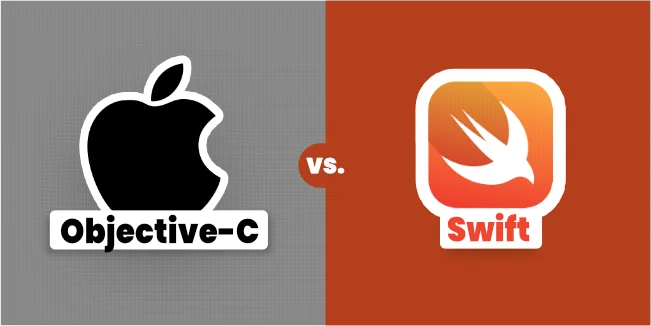
The number of devices with the iOS operating system is regularly growing. Indeed, Android is still the undisputed leader. Still, from the users' point of view, it is irrelevant: both operating systems must develop and meet the expectations of their users.
As a smartphone application development company, we realize that choosing a tech stack is a big challenge, even for people with technical experience. It is not without significance that the choice of software affects both the project timeline and the final budget. In our article "How to choose a tech stack for your project?" we have discussed this issue in detail to help you make the right decision.
However, below we analyzed the two most popular languages for creating native mobile apps for iOS: Swift and Objective-C. We hope our articles will help you choose the technology ideally suited to the needs of your project.
What is Objective-C?
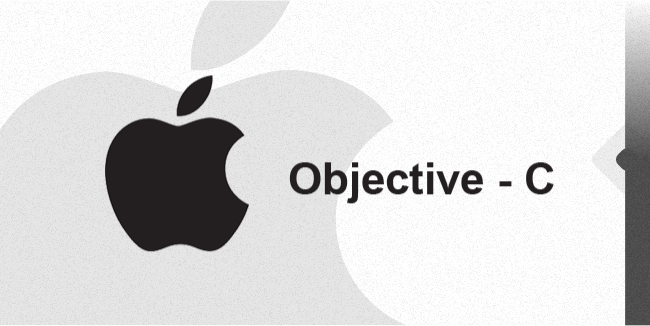
Objective-C is an object-oriented programming language introduced in 1983 as Apple's C programming language for its operating system known as "A/UX" (i.e., Advanced Unix). It combines the advantages of two earlier languages - C and Smalltalk. In 1996 Apple overtook NeXT, which developer tools would use Objective-C. These tools were later included in Xcode. That's how Apple began using Objective-C for Mac OS X development. As a result, Objective-C became the first choice language for everybody who wanted to create an application for OS X and iOS. It was the primary language used to program native iOS apps until 2014, when Apple released Swift.
What is Swift?

Swift is a general-purpose, multi-paradigm compiled programming language developed by Apple in 2014 for apple platforms (iOS, iPad OS, mac computer, tvOS, watchOS) and Linux applications. Until 2015, Apple decided to make the code public to encourage wider usage. Since then, the number of apps on the Apple App Store has increased. Airbnb, Facebook (formerly), LinkedIn (formerly), Lyft, Slack (formerly known), Uber are just a few examples of businesses that use Swift extensively in their software development process.
Advantages and disadvantages of Objective-C?
Advantages
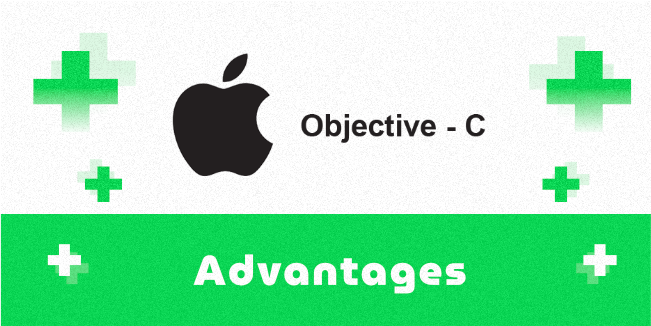
Maturity
Objective-C is a mature programming language that has been in use for more than 30 years. Its longevity is due, in part, to its long usage history. Language development and maturation have benefited from such a long usage period. Objective-C is well-tested; millions of code lines have been written; many libraries (including open-source) are available; comprehensive documentation and tutorials are accessible. It gives the code validity and allows you to locate any answer you may have easily.
Dynamic typing
This feature aids in the comprehension of the developer's thinking and code simplicity. Dynamic typing improves class usage flexibility while avoiding typecasting for every written line of code. As a result, it is feasible to modify the structure and goal of classes throughout the development process.
Support for older versions
Even though Objective-C is not new, it may be used with earlier iOS and Mac OS versions of mobile apps. A young Swift can't do that either. Furthermore, Obj-C is straightforwardly compatible with C++ and Objective C++ languages.
Stability
It is a rare situation: you can develop an app in the language of your choice and deploy it to the majority of users immediately. The technology is stable enough that new versions or regular updates are not required. You don't have to worry about spending additional money and effort moving your application to a new version every few months because it's secure.
Disadvantages
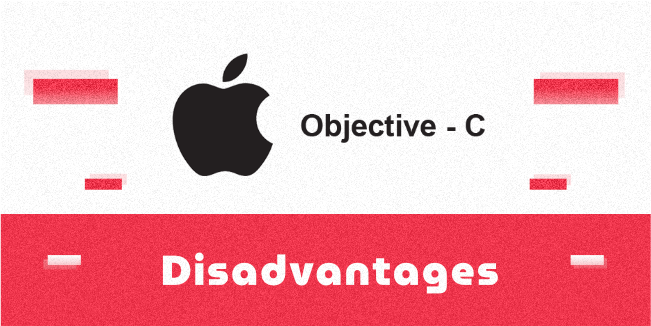
Prefixing class
Objective-C is built on top of C, therefore namespacing is required. All classes in an Objective-C program should be distinct worldwide. As a result, developers employ the practice of prefixing class names with 'NS' to avoid conflict. We utilize the 'NS' prefix for the Foundation Framework's class and the 'UI' prefix for UIKit's classes.
It's a long staircase to learning
The language is built on OOP concepts, and it has a complex syntax that is difficult for novices to comprehend. Programmers may find the code difficult to understand because it isn't simple enough to read.
A decreasing number of developers
Objective-C was once very popular when there were no superior alternatives. Today, many lighter and simpler languages (i.e., React Native, Swift) and several coders refuse to learn an outmoded language. It's entirely conceivable that the number of Obj-C developers will plummet in a few years.
Limited functionality
Because of its age, the programming language developed decades ago lacks many current capabilities, resulting in poor performance.
Security issues
The maturity of the language, which is seen as a benefit, has its drawbacks. Because many hacking tools have been in development simultaneously as the evolving language, an app created in Objective-C may be more prone to hacking assaults.
Advantages and disadvantages of Swift?
Advantages
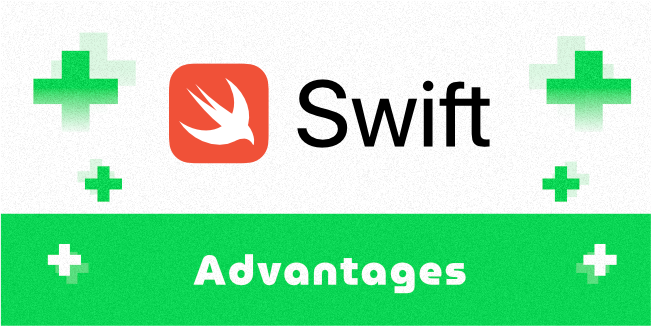
Swift combines the efficiency and performance of compiled languages with the added simplicity and interactivity of popular Scripting Languages. Let's take a look at some of the advantages of this Programming Language.
Rapid Development Process
Swift is easy to Read and Write because it is a clean and expressive language that has simplified Syntax and Grammar. It requires a lot less code performing the same takes when compared to Objective-C. Automatic Reference Counting (ARC) manages the application's memory usage, so the developers don't have to spend time doing it. For example, SwiftUI is Apple's new user interface framework for Swift. It was introduced in the Swift 5.1 release and is available starting with Xcode 11 beta. SwiftUI replaces the old View and ViewController classes and provides a modern API for creating user interfaces. SwiftUI is component-based, making it easy to create complex user interfaces by compositing simple components. Components can be nested to create complex hierarchies, and they can be reused across multiple apps and screens. Each element has a well-defined set of properties that you can use to configure its appearance and behavior. In addition to its powerful declarative syntax, SwiftUI also offers efficient animation.
Scalability of the applications
Swift's development is quick and scalable, which is not always the case with other technologies. Because Swift is future-proof and maybe extended as new features are required, it's simple to scale. Also, because Apple has adopted Swift rather than Objective-C. Swift gives you advanced app capabilities.
Improved performance
Swift is a programming language that emphasizes speed. The emphasis is on quickness, performance, and outdoing the predecessors. According to benchmark tests conducted by individual developers, the initial boast of a 40 percent improvement in speed over Objective-C has been verified.
Improved safety
Another significant advantage of Swift is its safety. Type-checking and error handling features prevent program crashes and mistakes, allowing developers to spot problems quickly and fix them on the go, reducing bug fixing time.
Easy to Integrate with Objective-C
According to developers, Swift and Objective-C should learn to coexist. You may add new features to an existing Objective-C project or mix Objective-C components into a new Swift project. Swift is fully compatible with Objective C, and they can be combined in the same project without causing problems. It becomes more beneficial on larger projects developed and updated over time.
Lower Cost of Maintenance
Swift is a compact programming language that takes less code than other mobile technologies. iOS developers may use features and cut down on the number of code lines. It implies reduced app maintenance costs. For example, Lyft is an app that changed its programming language from Objective-C. The original version of Lyft had grown to 75,000 lines by 2014; however, by moving to Swift, it was rebuilt with identical functionality but less than a third of the code.
Supported and accepted by Apple
The App Store is a massive presence in the world of mobile apps, and it's where people go to download your iOS app. That's for sure. It's one of the first places people look for mobile apps. Following Apple's standards and trends will be beneficial to your company. The technology used for your app needs to meet the Apple requirements and be 100% compatible with Apple's operating systems. Right now, Swift is the leading technology for iOS apps.
Disadvantages
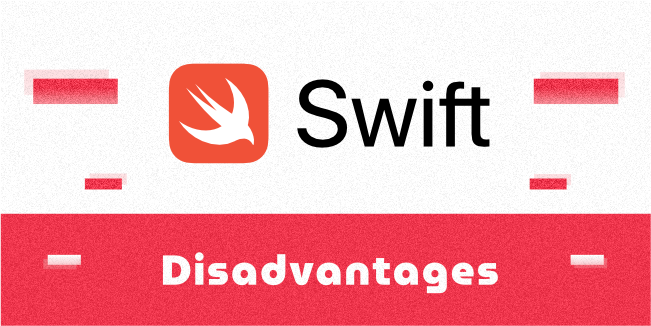
Swift is a wonderful language, but it's not yet perfect. Many developers and organizations are hesitant to change languages. Let's look at some of the drawbacks associated with this technology.
The language is still young
Despite its apparent speed and power, Swift is still relatively new. Before reaching maturity, it must go through the same growing pains as other programming languages. Several issues must be addressed, regardless of how swiftly or powerfully it evolves.
Swift is considered as a “Moving Target”
Swift is known to be somewhat unreliable. The developers have expressed concern about the lack of backward compatibility with each new release. Developers are sometimes compelled to rewrite the project entirely after a new version is released to stay up to date. Xcode has helped some people by upgrading their Swift code, but it has not fixed all the problems.
The Talent Pool is Limited
Although the Swift community is rapidly growing, it is still relatively small compared to other open-source languages. According to Upwork.com, a freelancing website, there is increasing demand for iOS developers, resulting in a talent gap. It can be hard to find an iOS developer.
Lack of support for earlier IOS Versions
Swift can only be used to create apps designed to run on the IOS 7 or later. As a result, Swift cannot be utilized in older apps written for earlier versions of the iOS operating system.
Conclusion
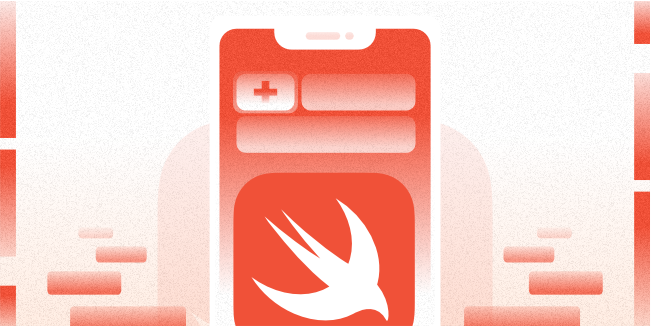
Swift is making solid progress and is quickly becoming popular despite its youth. LinkedIn, Lyft, Coursera, Pandora, Twitter, Vimeo, and Groupon are among the big names showing significant interest in this language. It's also expected that future difficulties will be addressed with each new release of the Swift Programming Language.
In the long run, Swift will assist firms in filling the mobile app vacuum. It's a simple language that is easy to comprehend and is quickly gaining popularity among software developers. iOS devices are trendy in the USA, Australia, and Western Europe. Apple is famous and gives more profit than Android. You can check our article when we compare iOS vs. Android.
We understand that choosing the right technology is a big challenge, so if you want to discuss your project, arrange a free consultation with our specialists.We have been creating successful projects for many years and love sharing our knowledge and experience.